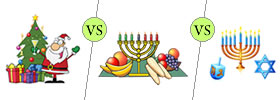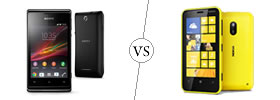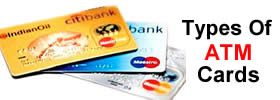Difference between Diode and Transistor
Key Difference: A diode is a type of electrical device that allows the current to move through it in only one direction. It consists of an N-type semiconductor and a P-type semiconductor that are placed together. A transistor is a triode that exists in two forms – either in an n type semiconductor sandwiched between two p type semiconductors, or in a p type semiconductor sandwiched between two n type semiconductors.
 A diode is a type of electrical device that allows the current to move through it in only one direction. In other words, it is the simplest of two terminal unilateral semiconductor devices. It permits the current to flow in one direction and at the same time it also blocks the current that flows from the opposite direction. The two terminals of the diodes are known as anode and cathode. A diode can be closely related to a switch.
A diode is a type of electrical device that allows the current to move through it in only one direction. In other words, it is the simplest of two terminal unilateral semiconductor devices. It permits the current to flow in one direction and at the same time it also blocks the current that flows from the opposite direction. The two terminals of the diodes are known as anode and cathode. A diode can be closely related to a switch.
Diodes are often used for rectifying an AC voltage to a DC voltage. There are various types of diodes. For example, a photo diode is the one which allows the current to flow when light strikes it. These types of diodes are greatly used as light detectors.
 A transistor (short for transfer resistance) is an electronic component that works as an electronic switch and amplifier. They are used for the alterations in the flow of electrical current and that is why they are considered as the building blocks of integrated circuits like computer processors, or CPUs. In most of the transistors, three connection points are included. These points are also referred to as terminals.
A transistor (short for transfer resistance) is an electronic component that works as an electronic switch and amplifier. They are used for the alterations in the flow of electrical current and that is why they are considered as the building blocks of integrated circuits like computer processors, or CPUs. In most of the transistors, three connection points are included. These points are also referred to as terminals.
The current between the second and third terminals can be altered by modifying the current between the first and second terminals. In this way, a transistor behaves like a switch that can turn a signal on or off. Transistor was developed by John Bardeen, Walter Brattain, and William Shockley at Bell Laboratories on December 23, 1947.
Comparison between Diode and Transistors:
|
|
Diode |
Transistor |
|
Definition |
A diode is a type of electrical device that allows the current to move through it in only one direction. |
A transistor is a triode that exists in two forms – either in an n type semiconductor sandwiched between two p type semiconductors, or in a p type semiconductor sandwiched between two n type semiconductors. |
|
Uses |
|
|
|
Types |
|
There are two main types of transistors:
|
|
Divice Type |
A diode only has 2 semiconductive regions, and therefore has 2 leads. |
A transistor has 3 regions, and must have 3 leads. |
| Etymology |
Greek roots di (from δί), meaning "two", and ode (from ὁδός), meaning "path". |
Blend of transconductance (or transfer) and resistor. |
Image Courtesy: rsandas.com, lurnq.com









Comments
I have seen a good explanation especially on the key difference
brhane chufea
Thu, 11/06/2014 - 12:35
Add new comment